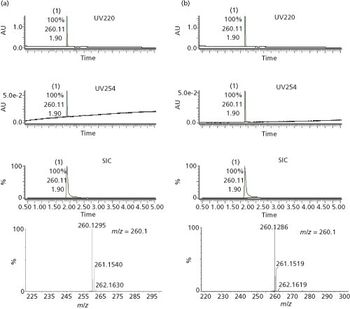
LCGC Europe
Ionic liquids (ILs) have become recognized in gas chromatography (GC) as stable and highly polar stationary phases with a wide application range. Having customizable molecular structures, ILs also offer a particular tunability that provides additional selectivity, and therefore may improve separation for neighbouring analytes. This article presents specific properties of IL phase capillary GC columns, including polarity scale and inner surface morphologies of IL columns. Application of IL phases in achiral and chiral GC, and multidimensional GC, are highlighted.




![PEFTEC-Header[2].jpg](https://cdn.sanity.io/images/0vv8moc6/chroma/ecf65f783b8e1faface63b195f44801441785652-990x250.jpg?w=350&fit=crop&auto=format)
